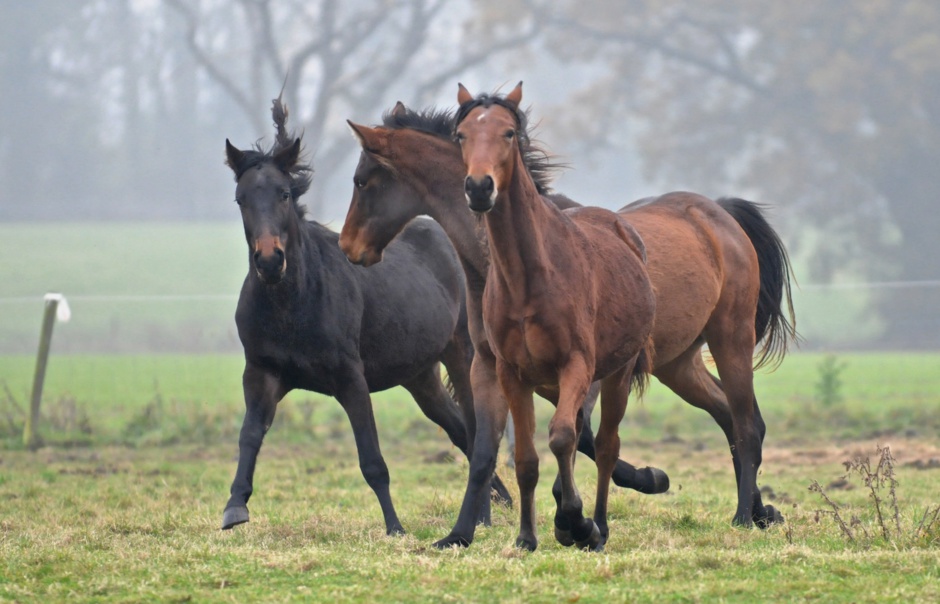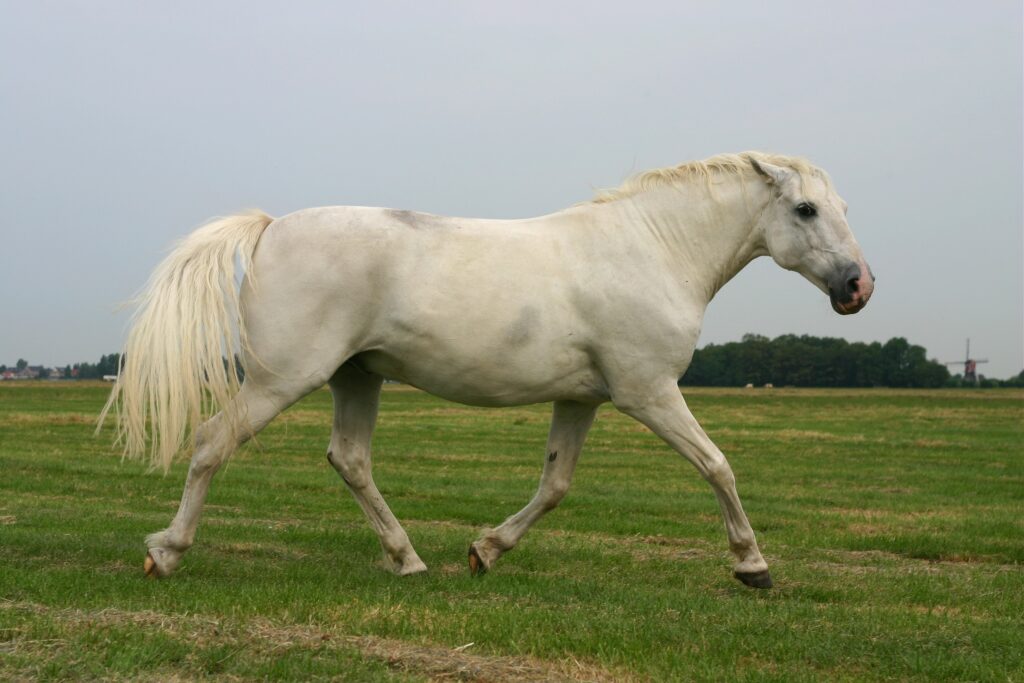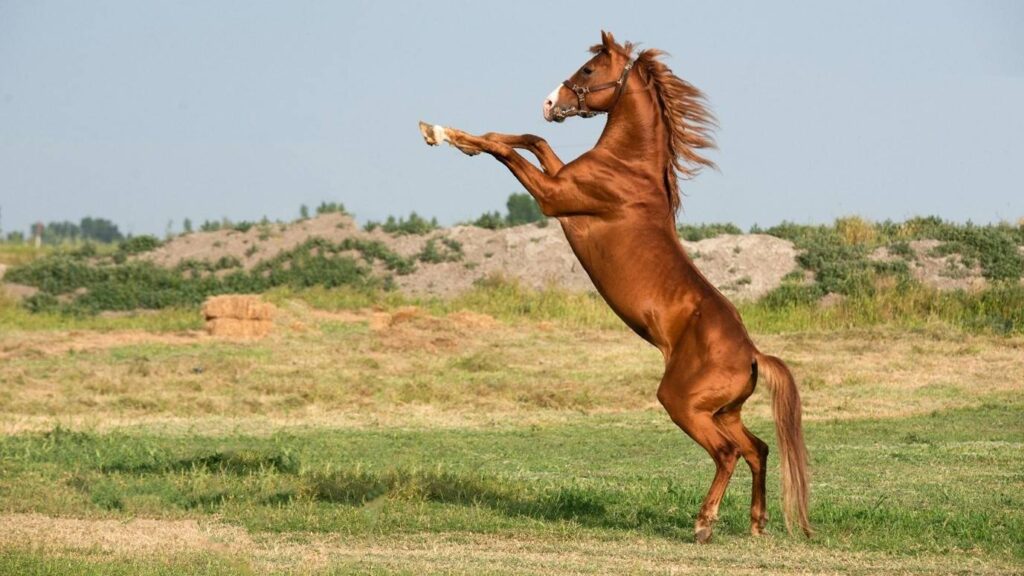Liberty lunging is an essential skill for any horse enthusiast aiming to build a harmonious relationship with their equine partner. This technique emphasizes communication, trust, and respect between the trainer and the horse, making it a cornerstone of modern horse training.
By practicing liberty lunging techniques, you can enhance your horse’s agility, strength, and obedience. This approach not only nurtures a deeper bond but also ensures a safe and enjoyable experience for both horse and handler.

Understanding Liberty Lunging
What is Liberty Lunging?
Liberty lunging involves working your horse on a lunge line or at liberty (without a rope) to encourage movement and responsiveness. It is a method that allows the horse to express itself while maintaining a connection with the handler.
Benefits of Liberty Lunging
Practicing liberty lunging provides numerous benefits, such as improved physical fitness, mental stimulation, and enhanced communication skills for your horse. This technique also helps in addressing behavioral issues and building confidence.
Getting Started with Liberty Lunging
Essential Equipment
Before you begin, ensure you have the necessary equipment, including a lunge line, a whip, and appropriate attire for safety. A well-fitted tack is crucial, ensuring comfort and control.
Selecting the Right Environment
Choose a safe, enclosed space free from distractions to practice liberty lunging techniques. This environment will help your horse focus and feel secure.
Steps to Master Liberty Lunging Techniques
Building Trust and Communication
Establish a foundational bond with your horse. Spend time grooming and interacting to create trust, which is essential for successful liberty lunging.
Basic Lunging Exercises
Start with simple lunging exercises, such as walking, trotting, and transitioning between gaits. Use vocal cues and body language to guide your horse effectively.
Incorporating Advanced Movements
Once your horse is comfortable with basic exercises, introduce advanced movements like circles, figure eights, and changes in direction. This will improve your horse’s agility and responsiveness.
Common Challenges and Solutions
Dealing with Distractions
If your horse becomes distracted, calmly bring their focus back using gentle cues and reassurance. Consistency is key in overcoming distractions.
Addressing Behavioral Issues
Behavioral issues such as bucking or resistance can be addressed through patience and gentle correction. Consistent practice and positive reinforcement are crucial.
Enhancing Your Training Sessions
Incorporating Play
Introduce elements of play within your training sessions to keep your horse engaged and motivated. This approach fosters a positive learning environment.
Monitoring Progress
Keep track of your horse’s progress by noting improvements in agility, responsiveness, and overall demeanor. Adjust your training techniques as needed to continue development.
Expert Tips for Successful Liberty Lunging
Staying Patient and Consistent
Patience and consistency are vital when practicing liberty lunging techniques. Progress may be slow initially, but perseverance will yield rewarding results.
Seeking Professional Guidance
If you’re new to liberty lunging, consider seeking guidance from an experienced trainer. Professional insight can accelerate your learning process and ensure safety.
Exploring Further Training Opportunities
Attending Workshops and Clinics
Participating in workshops and clinics offers opportunities to learn from experts and connect with fellow enthusiasts. These events provide valuable experience and knowledge.
Utilizing Online Resources
Explore online resources such as articles, videos, and forums to expand your understanding of liberty lunging techniques. Engaging with the equine community can offer new perspectives and advice.

Frequently Asked Questions
What is the ideal age to start liberty lunging with my horse?
While horses of any age can benefit from liberty lunging, starting at a young age helps instill positive habits early on. However, older horses can also adapt and thrive with patience and consistent practice.
How often should I practice liberty lunging?
Ideally, practice liberty lunging two to three times a week to maintain consistency and reinforce learned behaviors. Adjust the frequency based on your horse’s progress and comfort level.
Can liberty lunging help with specific behavioral issues?
Yes, liberty lunging can address behavioral issues such as anxiety, resistance, and lack of focus. By building trust and communication, you can work through these challenges effectively.
For more detailed training techniques, consider exploring resources such as WikiHow’s guide on starting a horse under saddle or visit Advanced Equine HV for expert advice.
By mastering liberty lunging techniques, you can create a fulfilling and rewarding relationship with your horse, enhancing both their well-being and your enjoyment of the training process.
This article contains affiliate links. We may earn a commission at no extra cost to you.







